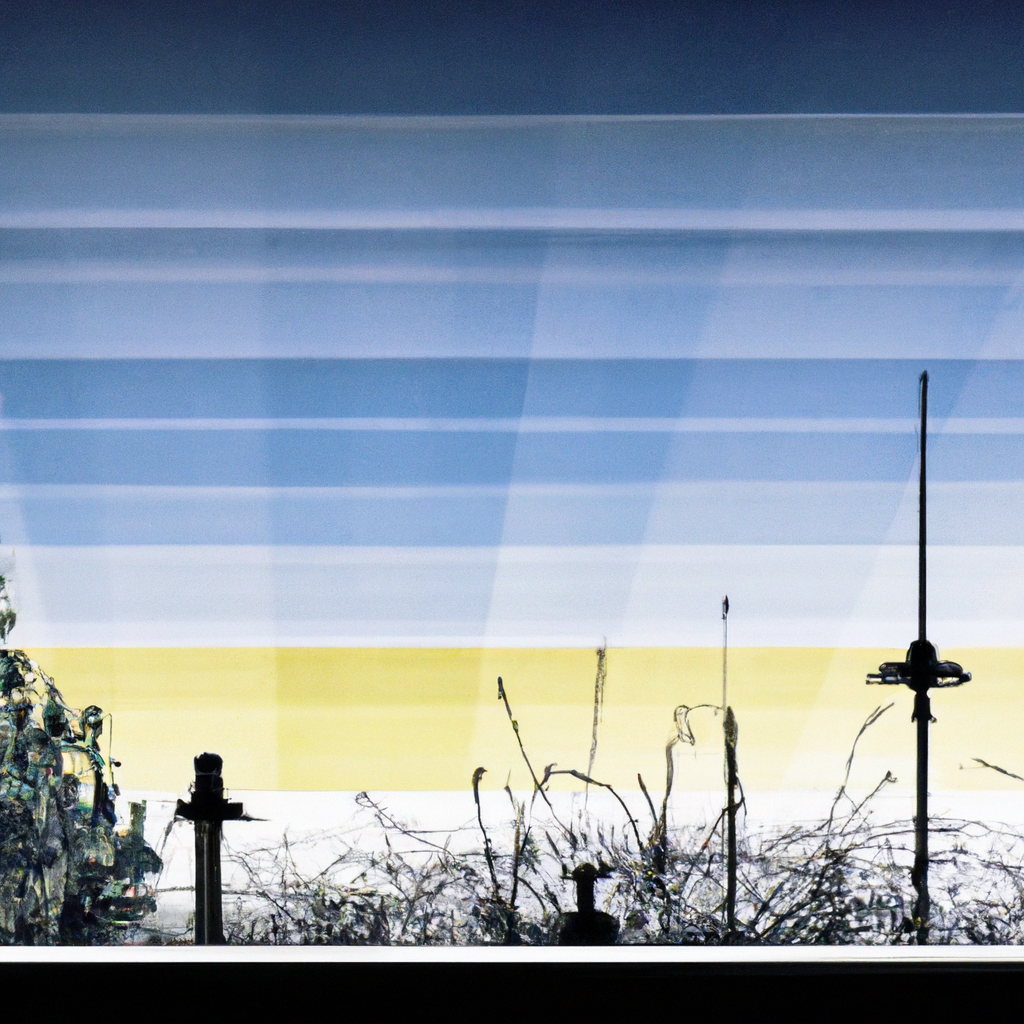by John “Magic” Greenleaf
Introduction
Welcome to the incredible world of cannabis cultivation—a field that has as much to do with nature as it does with nurture. While many grow enthusiasts focus on nutrients or irrigation, the light reflex phenomenon in cannabis remains an underexplored frontier capable of transforming your grow operation. Join me, John “Magic” Greenleaf, as we dive deep into leveraging cannabis’ natural light reflex to optimize growth. Let’s shine a light on this natural mastery!
Understanding Light Reflex in Cannabis
The light reflex in cannabis refers to how plants respond to varying light spectrums and intensities. By understanding how different wavelengths affect your plants, you can not only maximize yields but also enhance terpene profiles and increase cannabinoid content. When harnessed properly, the light reflex mimics natural conditions, leading to vibrant, vigorous growth.
Optimizing Light Spectrum for Better Yields
- Blue Spectrum: Essential during the vegetative phase to promote robust, leafy growth. Ensures short internodes and bushier plants.
- Red Spectrum: Critical during the flowering phase to encourage blooming. Stimulates bud development and increases biomass.
- Far-Red Spectrum: Can be used to manipulate flowering cycles and potentially decrease the time to harvest. Aids in the stretching phase just before flowering.
Choose lighting systems like high-efficiency LEDs that enable you to control these spectrums for each growth stage.
Adjusting Light Cycles: A Grower’s Guide
Manipulating the light cycles is another tool in your grower’s toolbox. Consider these phases:
- Vegetative Stage: Requires 18-24 hours of light to promote maximum photo-synthetic activity, ideal for rapid growth.
- Flowering Stage: Typically reduced to 12 hours to persuade plants to start flowering. Adjust the R:FR ratio to influence the flowering speed and quality.
Real-World Applications and Success Stories
Imagine the potential when your light reflex techniques are finely tuned! Grows that followed this method achieved more consistent 2-3 pounds per plant, with terpene levels testing in the 3-5% range. “Magic Kush,” for example, benefits significantly from precise light manipulation, offering substantial medicinal benefits and high yields.
Conclusion
The art of mastering cannabis light reflex adds another feather to your cultivation cap. Not only do you promote healthier plants, but you also maximize yields and potency while saving on energy. Keep experimenting—cannabis always has new lessons to teach us. Remember, “Healthy roots, healthy buds, happy harvests.”
Tags: High-Yield Optimization, Environmental Control, Indoor Micro-Growing


Leave a Reply